




Canada, Romania, Moldova
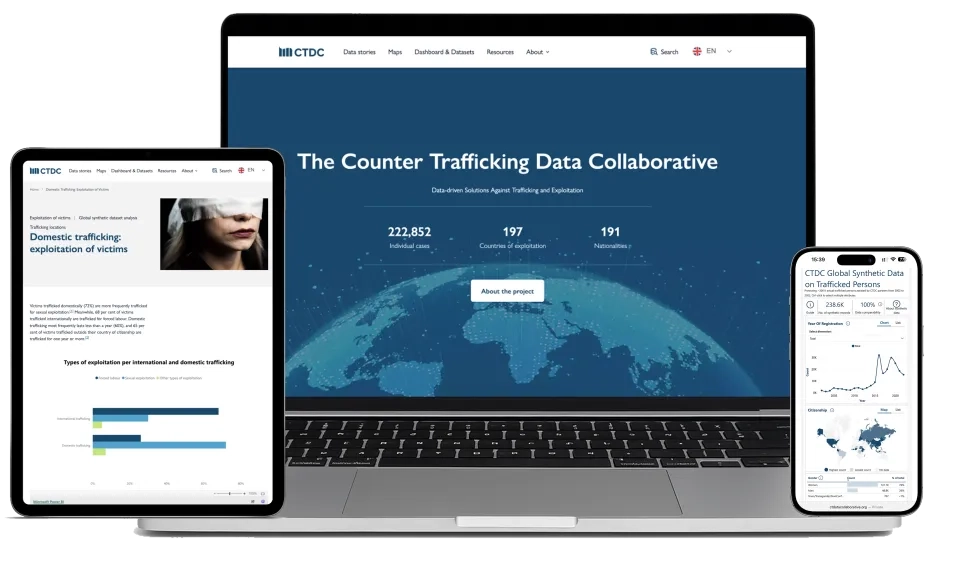

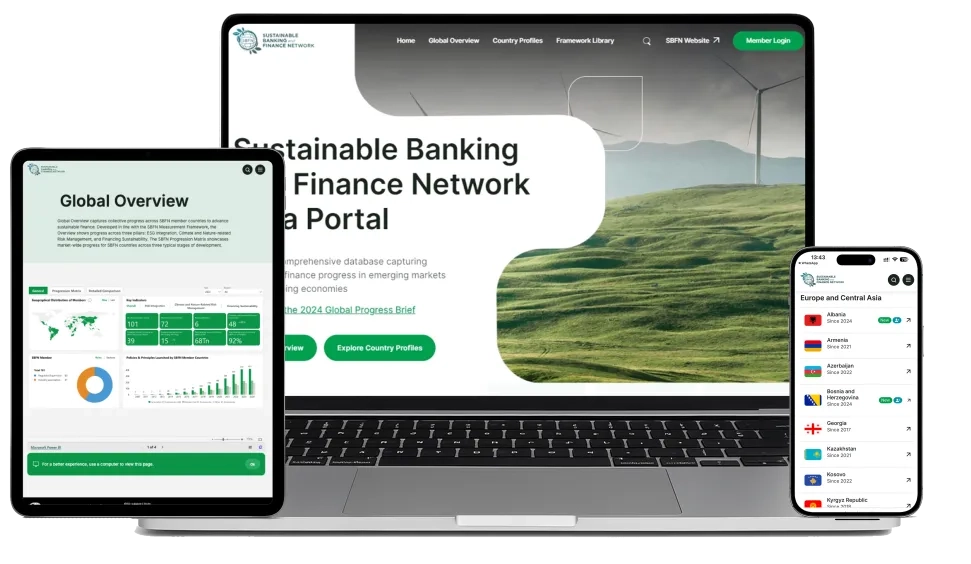
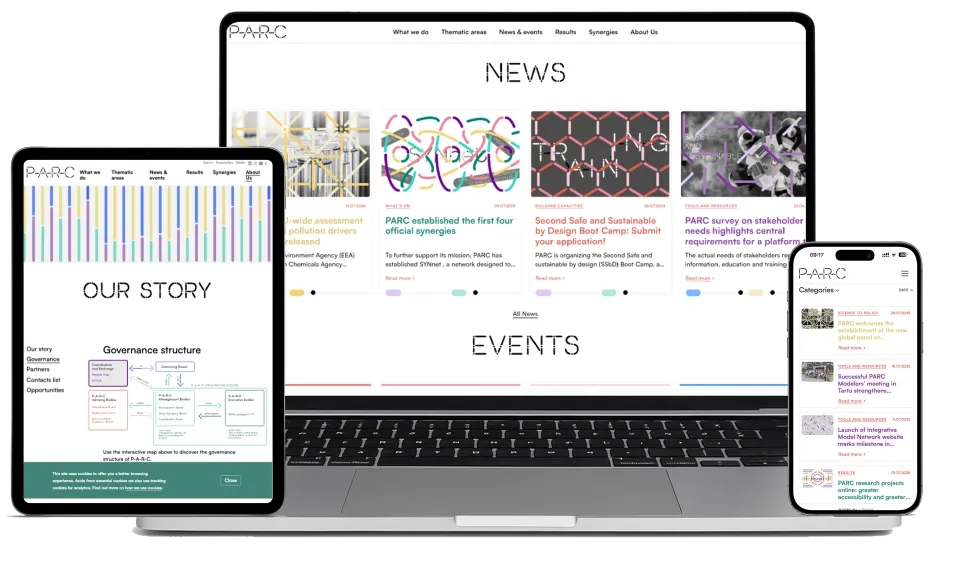
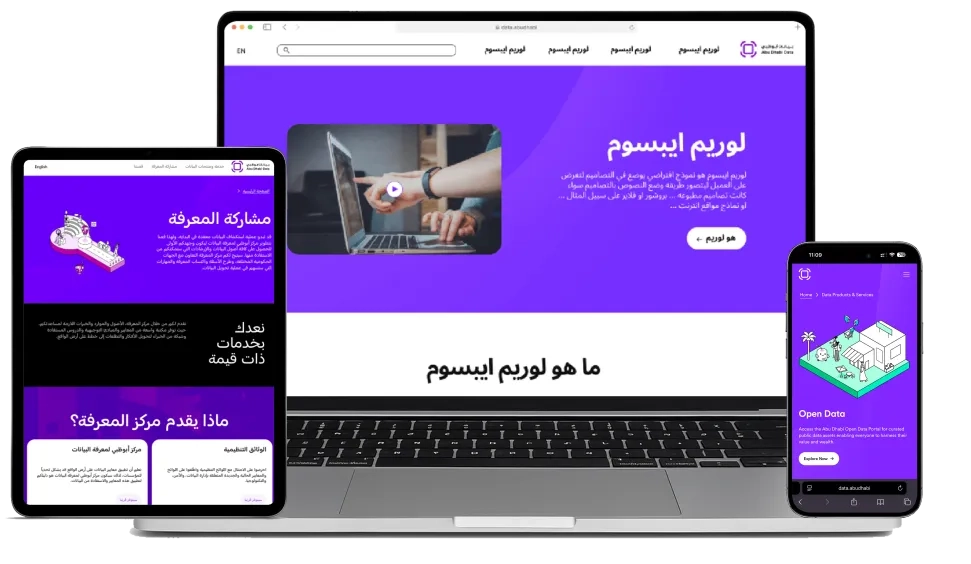
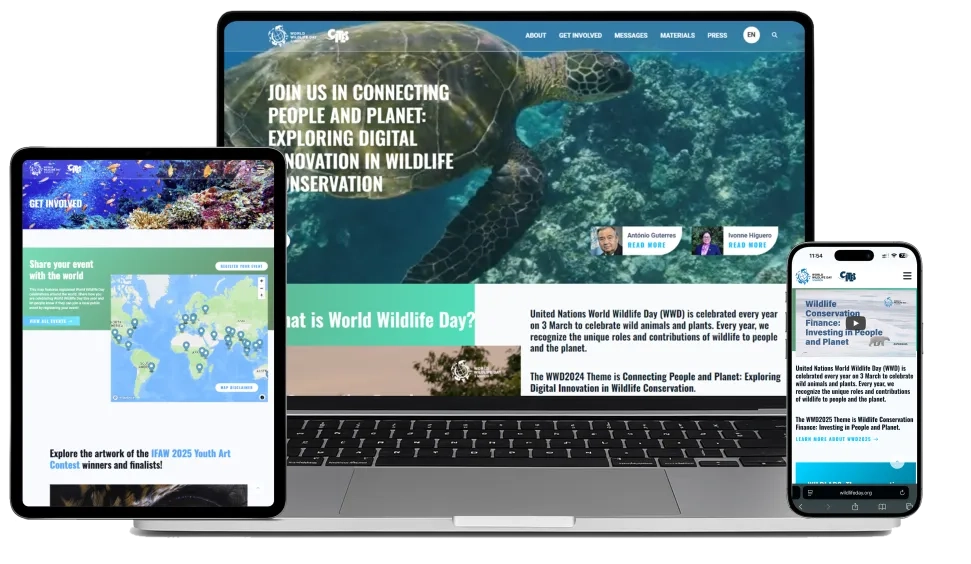

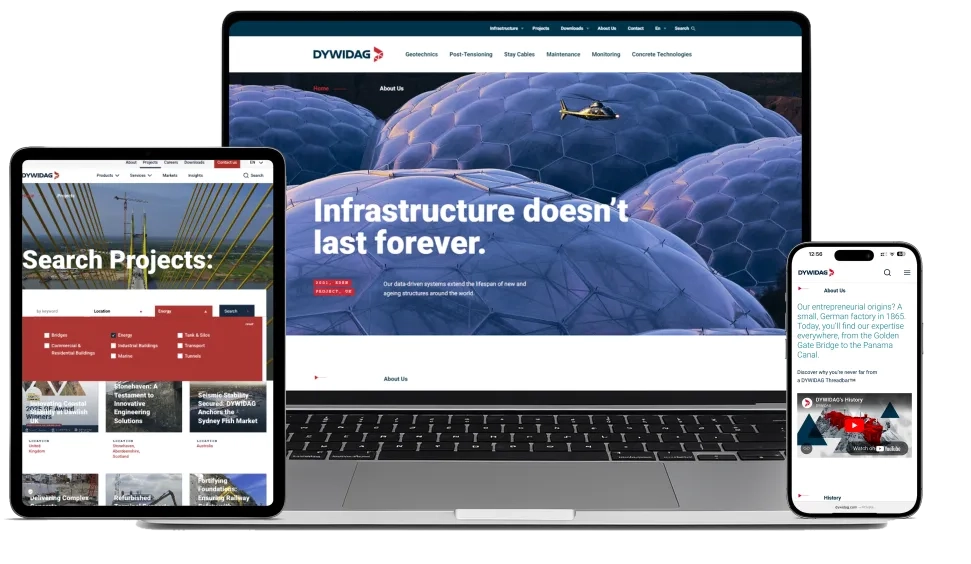

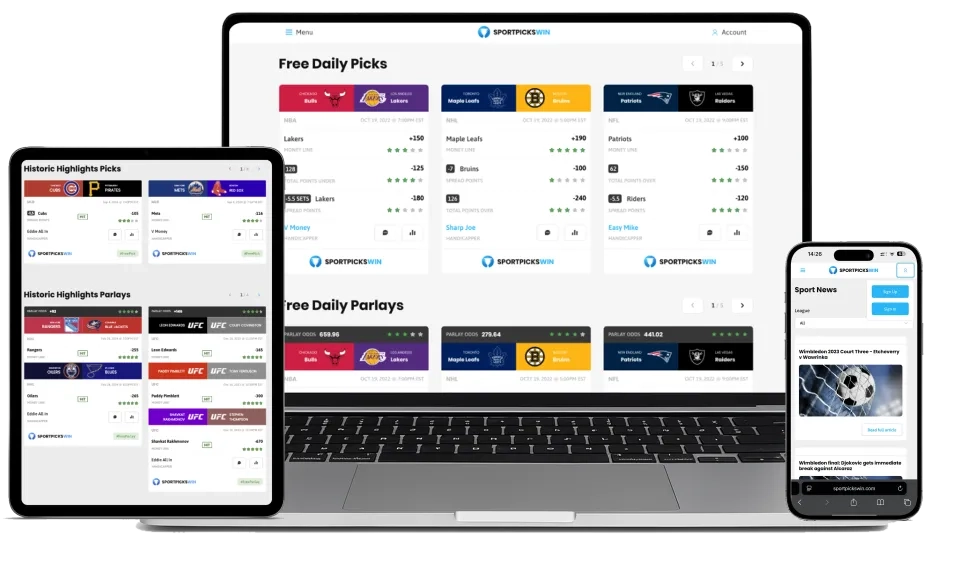
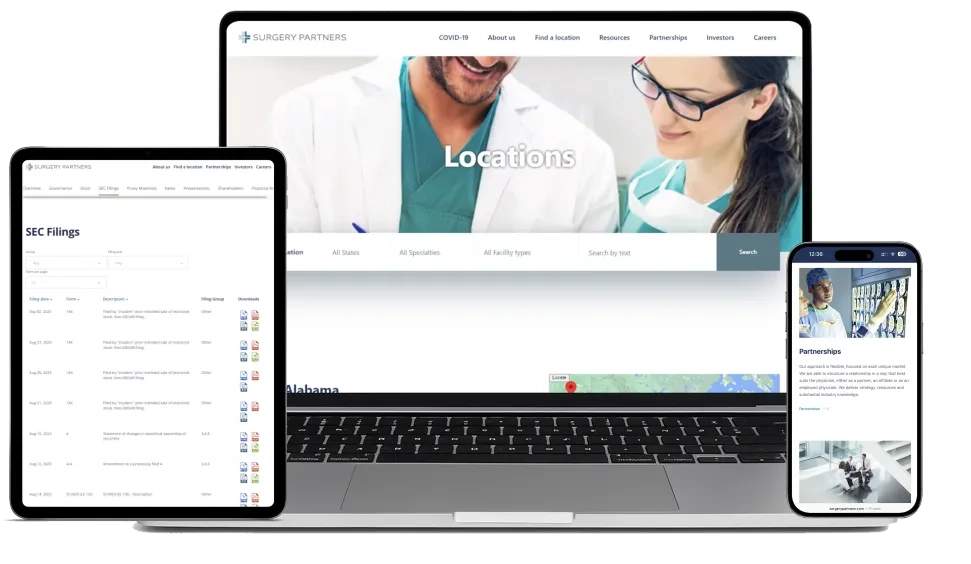
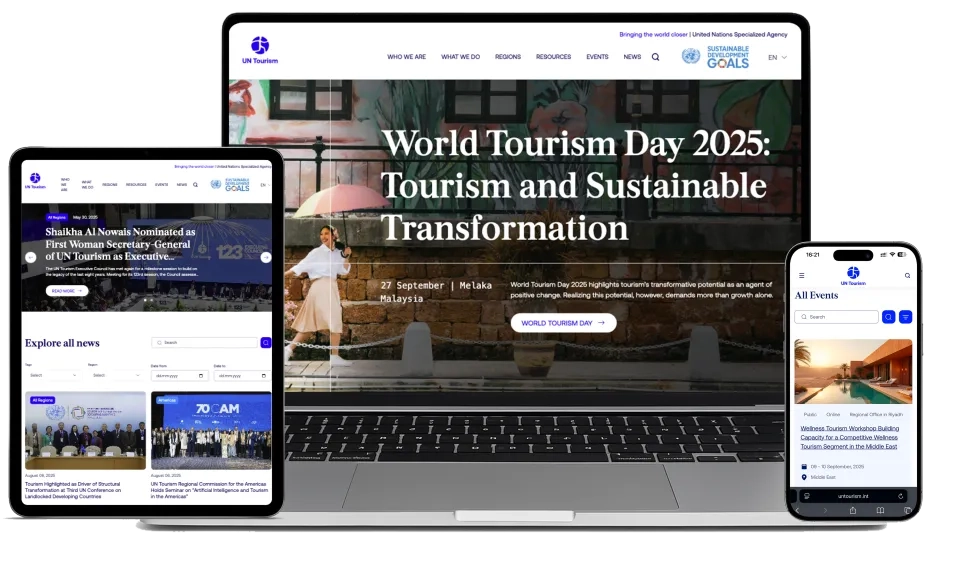
SoftXPro built a complex maritime app for us from the ground up. Clear communication, strong engineering, and professional delivery end-to-end.
They quickly turned our problems into ideas, a strategy, and then working software. Helpful, pragmatic, and focused on outcomes.
SoftXPro delivered a secure, responsive site with custom back-end integrations and cloud infrastructure. Proactive, on-time, and great at aligning tech with business goals.
SoftXPro stood up our lead-gen engine that scrapes, qualifies, and does multichannel outreach. Clear requirements, fast delivery - highly recommended.
SoftXPro became a trusted partner for design, user research, and cloud infrastructure - helping us hold ourselves to a higher bar.
We engaged SoftXPro on a web design project, and they delivered with precision. The new experience reflects the brand and supports our marketing programs.










































